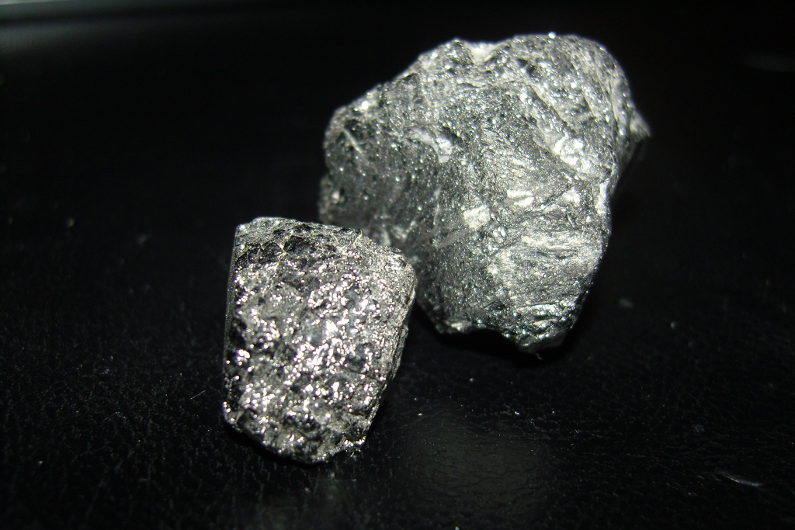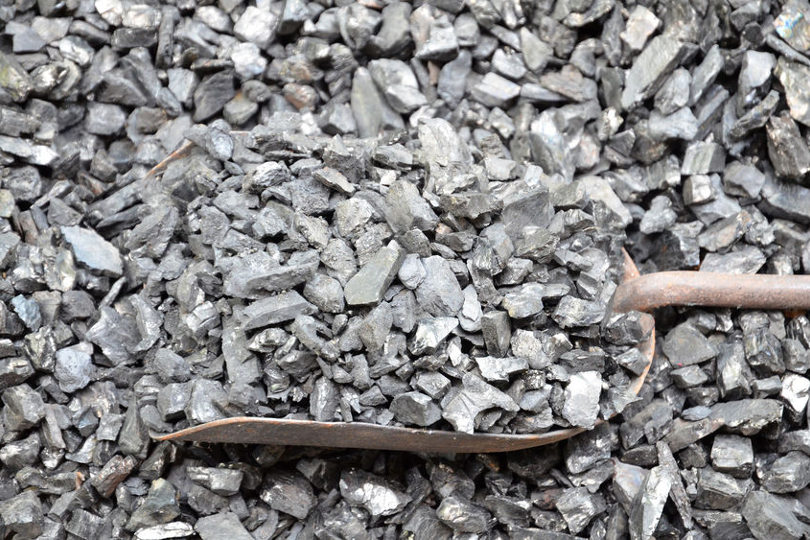The topic of coal and its environmental impact is becoming more and more significant. We have decided to find out which type of coal is the most dangerous for the environment, and why anthracite is considered the most eco-friendly type of coal.

Coal 101
There are three types of coal in terms of their use. There are brown coal and hard coal which are used extensively to produce energy, i.e. to produce heat energy at electric power plants. There is hard coking coal which is used for producing coke for metallurgic purposes. And finally, there is universal coal – anthracite – which may be used to produce energy, for metallurgic purposes, in chemical and food industries.
These types of coal have different features in terms of their environmental impact. Thermal coal is the most dirty variety in ecological terms. It leaves 20% of ash after burning, and during the burning process it emits up to 50% volatile pollutants. Coking coal has better indicators – up to 10% of ash and up to 20% of volatile pollutants. Both types of coal also emit sulfur compounds during burning.
Due to these features, European countries strive to reduce using thermal and coking coal and switch to using gas and renewable energy sources.
The Green Coal
However, not all coal types affect environment. Anthracite is considered the most ecologically friendly type of coal. In fact, it burns completely and practically does not fume. It leaves no more than 9% of ash after burning, and during the burning process it emits much less than other types of coal – only 3-5% volatile pollutants, depending on the anthracite grade. Moreover, this coal has the highest heat output, i.e. we need less amount of anthracite to produce the same volume of energy as compared to other types of coal. In addition, anthracite has the highest carbon content (over 80-90%, depending on the anthracite grade). Thus, this type of coal actually leaves a small amount of carbon after burning which does not affect the environment.
All of these features make anthracite popular not only in the energy sector, but also in the metallurgical and chemical industries. It is used for producing steel, manganese, titanium, chromium, graphite, weld rod and electrode paste used in particular for producing aluminum. Anthracite is also used to produce alloys, soda ash, different filters (including household ones), and even sugar made from sugar beet.
Anthracite’s uniqueness is that its high-grade marks (High Grade (HG) and Ultra High Grade (UHG)) with the ultra-high carbon content can replace other types of coal in a wide range of production processes in metallurgy. Experts say that high grade anthracite is the most universal coal which may be applied in many sectors.
Cost Considerations
Typically, anthracite is cheaper than coke widely used in metallurgy, as the production of coke from usual “fuming” coal requires additional costs. Coal price dynamics show that this difference may be significant. For instance, in Q1 2019, world prices for coking coal were ranging from $179 to $245 per ton (depending on the supplier and coal type). For instance, export prices of Russian anthracite were ranging from $164 to $183 per ton (depending on its grade).
Due to this, in recent years, manufacturers of metallurgical and chemical products began actively using anthracite instead of coke. They are interested in reducing the anthracite production costs against the backdrop of significant fluctuations of global prices for their products. Prices for coking coal also subject to sharp fluctuations as supply volumes reduce because of the increase in the consumption amount. The cheaper replacement is of a special interest for Asian-Pacific Region countries, especially India and China which are developing quickly and increasing their steel production amount. India does not have coking coal reserves; it is entirely focused on the imported product.
European countries which implement their mandatory programs for reducing pollutant emissions into the atmosphere are also interested in replacing coke with anthracite which is far more ecologically friendly.
Competition is another factor which makes steelmakers use the cheaper anthracite. For instance, the ferrochromium industry of the South Africa (the second largest producer after China) increased the global import of cheaper anthracite instead of coke to compete with Chinese manufacturers.
Anthracite Production Trends
Anthracite of different grades is produced in many countries. In 2018, the total production volume was estimated at around 462 million tons. However, almost the entire amount is the Standard Grade (SG) anthracite with the low carbon content which cannot replace coke in the metallurgic industry. Countries which extract it use it only for their own purposes in their domestic markets.
HG and UHG anthracite, which has a high quality and is in demand on the global market, represents a small volume of the total amount of extracted anthracite, and its share available for exporting amounts to only 4%. Such anthracite is extracted by only China, Vietnam, South Africa, some CIS countries, and Russia. Now, however, Russia provides the entire amount of export.

CIS countries do not export high grade anthracite at all; in recent 5 years, China has supplied no more than 3 million tons of it on the global market; the South Africa has supplied no more than 1.1 million tons, and Vietnam – no more than 0.5 million tons. These countries were gradually reducing their export volume – according to forecasts, in a few years they may stop supplying high grade anthracite at all. Even now they already buy some amounts of higher grades of anthracite from Russia.
Meanwhile, in the recent 5 years, Russia’s anthracite export volume has been increasing – from 9.1 million tons in 2009 to 18 million tons in 2018. According to some estimates, by 2025 Russia may increase the HG and UHG anthracite export volume considerably – up to 25 million tons, and may remain the leader among the exporters. Russia owns the largest anthracite reserves in the world.
According to Dmitry Bosov’s Sibanthracite Group, the largest anthracite exporter with 60% share on the global market, the demand for HG and UHG anthracite will be growing in line with the global metallurgy and chemistry development and with the expansion of programs aimed at reducing pollutant emissions. The demand for it will be increasing in Asian-Pacific Region countries, including China, India, Japan, South Korea, as well as in Latin American and European countries, despite its movement towards the renewable energy sources.a
Given that almost half of the global reserve of anthracite – 14 billion tons – is located in Russia; and in some time, this country may become the only global supplier of this high quality and cleanest coal.




